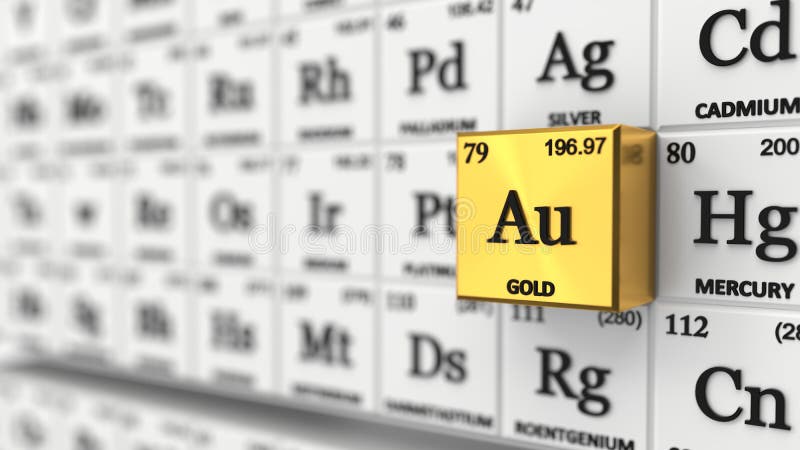
NIST-LANL Lanthanide/Actinide Opacity Database This database contains the LTE opacities for lanthanides 52 <= Z <= 70. Contributions that are only known for low n states have been extrapolated to highly-excited states. The values are based on current knowledge of the relevant theoretical contributions including relativistic, quantum electrodynamic, recoil, and nuclear size effects. Mohr, and B.N. Taylor This database provides theoretical values of energy levels of hydrogen and deuterium for principle quantum numbers n = 1 to 200 and all allowed orbital angular momenta l and total angular momenta j. Energy Levels of Hydrogen and Deuterium U.D. Details of the atomic weight, isotopic abundance, mass, nuclear spin, and magnetic moment of each element are also provided. The energy levels and transition probabilities (where available) are listed for a total of about 2,400 of the most persistent lines and we also give a separate table of energy level data for each spectrum. The wavelengths, intensities, and spectrum assignments are given in a table for each element, and the data for the approximately 12,000 lines of all elements are also collected into a finding list, sorted by wavelength. The compilation includes data for the neutral and singly-ionized atoms of all elements hydrogen through einsteinium ( Z = 1-99). Young This handbook provides a selection of the most important and frequently used atomic spectroscopic data. Handbook of Basic Atomic Spectroscopic Data J.E. Also plots showing positions of spectral lines from different ions can be generated online. The Grotrian diagrams interface requires a Java2 plugin (available at ) for the user's browser. New graphical features include dynamic transition plots (Grotrian diagrams) with ability to zoom into particular energy levels and their transitions, and online generated plots for Saha/Local Thermodynamic Equilibrium (LTE) plasma emission spectra for arbitrary electron temperature and density. An advanced help system is provided with balloon explanations of various symbols and quantities. The multiplet-averaged data can be retrieved for arbitrary atoms and ions. The search for multiple spectra can now be accomplished by specifying ranges of ionization sequences or ionization stages. The Web interface for Lines and Levels has been improved. In Version 5, a new Web interface for retrieval of ionization energies and total binding energies of ground states of all atomic spectra has been added. ASD contains data on more than 1000 spectra from about 0.4 Å to 20000 µm, with more than 90,000 energy levels and 180,000 lines, 73,000 of which have transition probabilities. Data are included for observed transitions of 99 elements and energy levels of 89 elements. Ralchenko, J. Reader, and NIST ASD Team This database contains critically evaluated NIST data for radiative transitions and energy levels in atoms and atomic ions.

Synchrotron Ultraviolet Radiation Facility SURF III.Radiopharmaceutical Standardization Laboratory.Calibrations Customer Survey (external link).Make note, Status Attacks can hit a Pokemon no matter what the type. This is because Poison types are strong against grass and weak against other poison types.

Poison type attacks on a grass/poison type pokemon mix for a neutral attack.This is because fighting types are weak against both flying and poison types. Fighting type attacks on a flying/poison type pokemon mix for.This is because electric types are strong against both water and flying types. Electric type attacks on a water/flying type pokemon mix for 4x damage.When it comes to Pokemon of two types, you may cause 4x damage. The game will tell you "It Doesn't Affect" if you come across an Immune type. These types are immune to certain other types. For example: normal and fighting types won't touch ghost types, ground types won't touch flying types, and ghost types won't touch normal types. Lastly there are some types that won't even hit another type. The game will tell you when one type is weaker than another by saying "It's Not Very Effective." For example: a fighting type move attacking a bug type pokemon will do only half the damage.

Other types are weak against others and cause half (.5x) damage to other types.


 0 kommentar(er)
0 kommentar(er)
